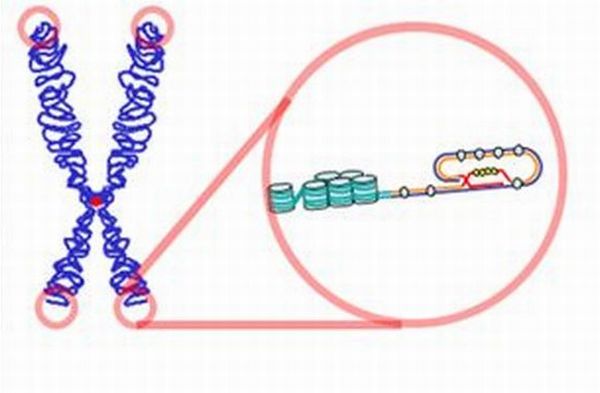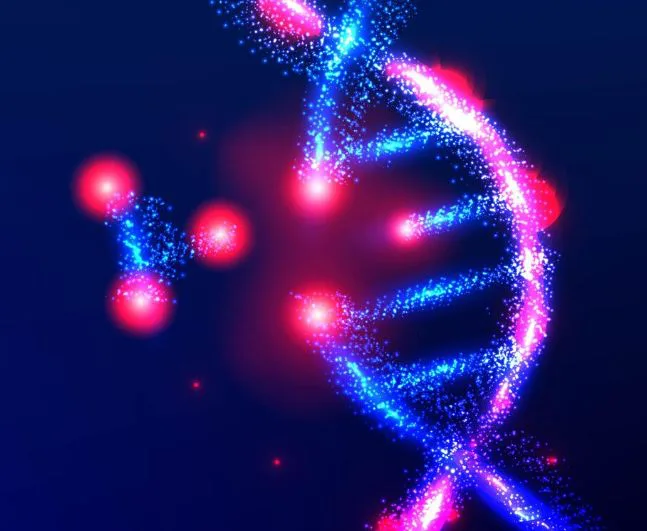In an interesting research in the field of microbiology, experts at the University of Stanford have tried to explore the process that might lead to eternal youth by maneuvering the key that is responsible for making human cells old.
Telomeres, the last part of a chromatid (one copy of a duplicated chromosome) has been responsible for aging. Their presence at the end of each chromosome is like plastic tips on shoelaces. These protective caps not only help in keeping DNA healthy but also influence aging and related diseases.
Turning back the internal clock
Length of these protective end caps keeps on reducing with respect to the replication process of DNA. In due course of time, the sheaths are unable to protect the DNA from enduring damage and mutations, which finally leads to ageing.
Generally, in people at a younger age, the length of telomeres is nearly 8,000 to 10,000 long, which as mentioned before keeps on reducing due to each cell division. However, the researchers at Stanford University have discovered a way of lengthening the telomeres by 1,000 nucleotides hence, reversing the internal clock at cellular level.
Researchers modified messenger RNA by encoding it with the telomere-extending protein. Human cells that were kept for culturing were then replenished with the modified RNA. Result was quite positive, instead of reducing the cell’s immune response, the treated cells behaved like younger cells by multiplying quickly.
Researchers envision that the new discovering would pave way for curing highly devastating genetic diseases that is linked with the shortening of telomere. The experts are also looking forward to improve cell therapies and disorders related to aging. Hoping to create large number of cells, the scholars are looking forward to future where their study might lead to an effective anti-aging drug.
Source: [Stanford University School of Medicine], [Wikipedia]




